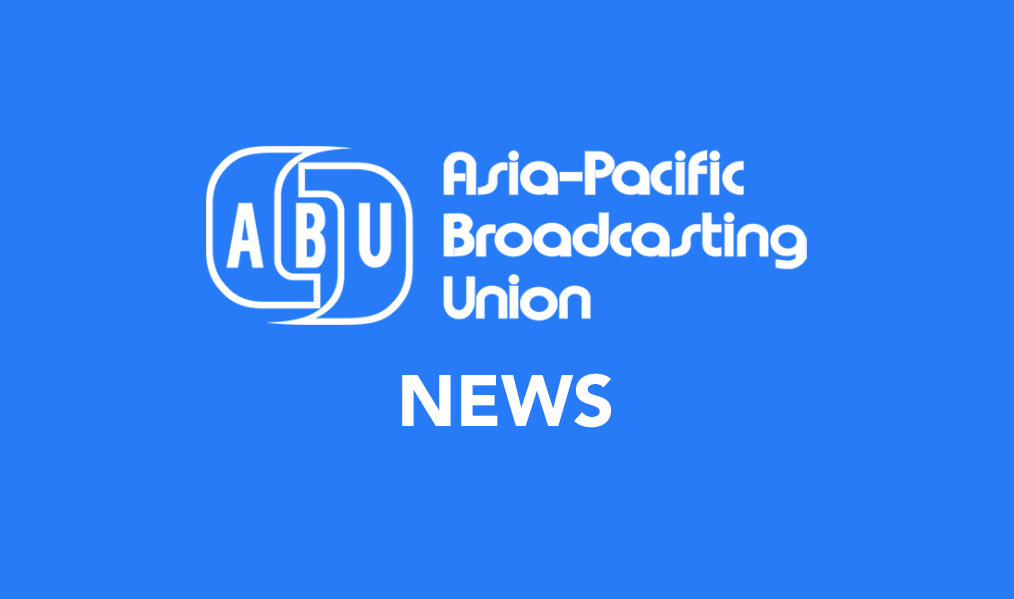
Hanoi Statement calls for greater efforts to curb inequality
 Asia-Pacific broadcasters have issued an official call for greater action to achieve gender equality in the media and to include people with disabilities.
Asia-Pacific broadcasters have issued an official call for greater action to achieve gender equality in the media and to include people with disabilities.
Delegates to the ABU General Assembly forum “Women With the Wave”, held in Vietnam from 23-24 October 2013, issued a Hanoi Statement calling on governments, broadcasters and others in the media to work to end bias against women, girls and people with disabilities in and through the media.
The Hanoi Statement built on the work of the first Women With the Wave forum held in Seoul, Korea, in October 2012 and has recognised that persons with disabilities should be included.
The Statement notes that women and girls make up 50 per cent of the world’s population and there are one billion people living with some form of disability, and that equal rights and opportunity underpin healthy economies and societies.
It also recognises that the media has a crucial role to play in promoting women and persons with disabilities’ full participation in every aspect of life and society.
It calls for support from the forum backers as well as regional training institutions such as the Asia-Pacific Institute for Broadcasting Development (AIBD) and the Asian Media and Information Communication Centre (AMIC), commercial businesses and foundations, relevant NGOs and tertiary education institutions, including university journalism and communication departments.
The Statement re-iterates a commitment to promoting widespread and affordable access to media and information and communication technology for women and girls and people with disabilities and to creating inclusive media and ICT environments that empower them through participation and access to expression and decision-making.
It also agreed on a 13-point list of actions that include: the development of a diversity action plan for the ABU in 2014; the use of the “Broadcasting for All – Focus on Gender” guidelines; access to training and digital media; the portrayal of stories, faces and voices of women, girls and people with disabilities; championing media leaders who promote equality; more content and balanced images of girls and women and persons with disabilities; piloting UNESCO’s Gender Sensitive Indicators for Media (GSIM) as a practical tool to assess and encourage equality; collaborating with partners such as the ITU to promote diversity in media and ICTs; securing industry-wide commitments to change; resource sharing; greater assistance by ABU members for smaller media institutions; the provision of educational modules for schools and tertiary institutions; greater use of accessible broadcasting tools and making early warning system and disaster risk reduction programs more accessible.

